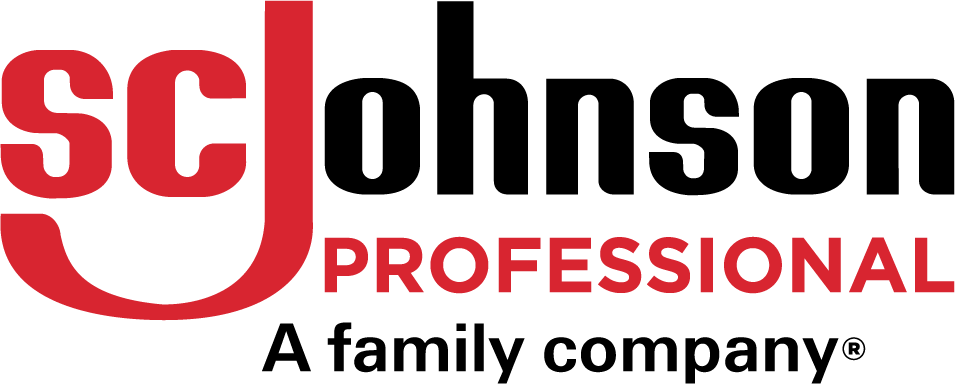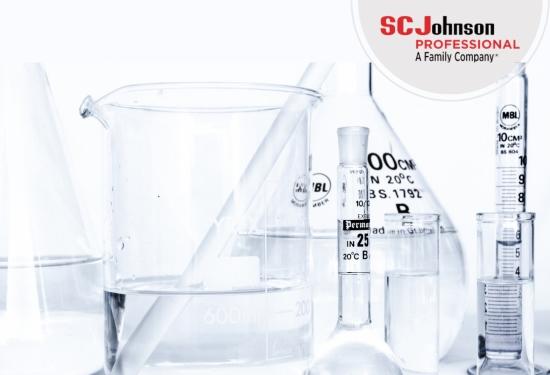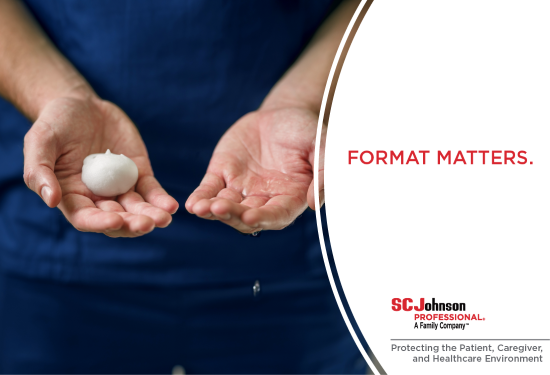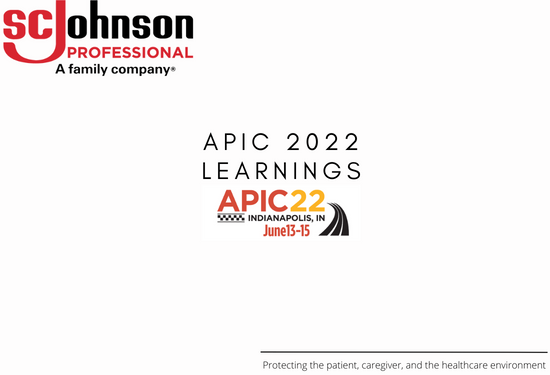A Holistic Hand Hygiene Approach: Combine Quality Skin Care Products with Electronic Hand Hygiene Monitoring
By SC Johnson Professional Healthcare
According to the World Health Organization (WHO), hundreds of millions of patients are affected by health care-associated infections (HAIs) worldwide each year, leading to significant mortality and financial losses for health systems[1]. Proper hand hygiene is an effective way to prevent infections[2], but according to the Centers for Disease Control and Prevention (CDC), on average, healthcare providers clean their hands less than half of the times they should[3].
To help promote and urge healthcare workers to comply with hand hygiene requirements, infection preventionists can take a holistic approach and implement quality, user-preferred handwashing and sanitizing products paired with electronic hand hygiene monitoring technology. This approach provides healthcare facilities with the hand hygiene products users prefer and insight to specific data regarding staff hand hygiene behavior. This insight helps infection prevention departments identify issues and hold staff accountable for their actions.
Why is it Important to Choose User-Preferred Products?
The CDC reports that healthcare providers might need to clean their hands as many as 100 times per 12-hour shift, depending on the number of patients and intensity of care.[4] Drying products may deter users from complying with required hand hygiene protocol because they don’t want to deal with dry, cracked or bleeding hands from repeated use. Infection preventionists have an opportunity within their scope to review product ingredient lists and consider supplying users with mild, non-drying handwashes, scrubs and sanitizers that can help protect the skin.
When selecting products, infection preventionists can consider professional products designed with moisturizing benefits to help improve user compliance. For example, Alcare® Extra Hand Sanitizer is a non-drying formula that contains Invisi-Feel™ technology. This feature leaves hands feeling clean, but there is no residue or sticky after-feel left on the skin[5]. Kindest Kare® PURE Handwash, a routine handwash designed for frequent use, contains skin moisturizers which helps prevent drying and leaves the skin feeling smooth after use[6]. In addition, the Alcare® OR Foamed Antiseptic Handrub features a moisturizing formula clinically proven to moisturize skin for up to two hours after use.
Beyond selecting suitable products, infection preventionists can work to further increase compliance by strategically placing an abundance of dispensers throughout the facility to help make complying with hand hygiene rules easier.
What is Electronic Hand Hygiene Monitoring?
Electronic hand hygiene monitoring systems, such as SwipeSense, are cloud-based sensor networks that provide hand hygiene transparency data by department, unit or individual. The systems are designed to help promote lasting behavior change and increase hand hygiene by holding individuals accountable for compliance. Insight and data around facility and multi-facility compliance, top and bottom performers, time series comparisons, day shift versus night shift evaluations and soap versus sanitizer usage can be collected and analyzed by the healthcare facility.
How SwipeSense works:
- Hygiene sensors: Smart drip guard sensors are installed with new or existing hygiene dispensers to capture usage data. These sensors can work with any format of soap, sanitizer or lotion dispenser.[7]
- Caregiver badges: Each employee receives a badge to clip to their ID cards. When the user performs hand hygiene, it is automatically captured by a sensor and does not interfere with the user’s workflow.[8]
- Location hubs: These hubs are plugged in patient rooms and care areas to help continuously capture caregiving visits. The location hubs record hand hygiene events for specific patient visits and is automatically linked to the room it took place in. This can help determine if hand hygiene is occurring when required.[9]
- Communication hubs: Communication hubs are installed in centralized workspaces such as nursing stations. Hand hygiene data is relayed from all devices to the hub and then sent to secure servers for analysis by the healthcare facility.[10]
Why Pairing User-Preferred Products with Hand Hygiene Monitoring Technology is Critical
User-preferred products and electronic hand hygiene monitoring systems go hand-in-hand. They both complement each other to help improve and promote hand hygiene compliance. The increased visibility and insight that monitoring systems offer, combined with products that healthcare workers actually enjoy using, provide infection preventionists with the proper resources and opportunity to successfully advance compliance.
For more information about SC Johnson Professional products and solutions for healthcare facilities, visit https://www.scjp.com/en-us.
Return to news



